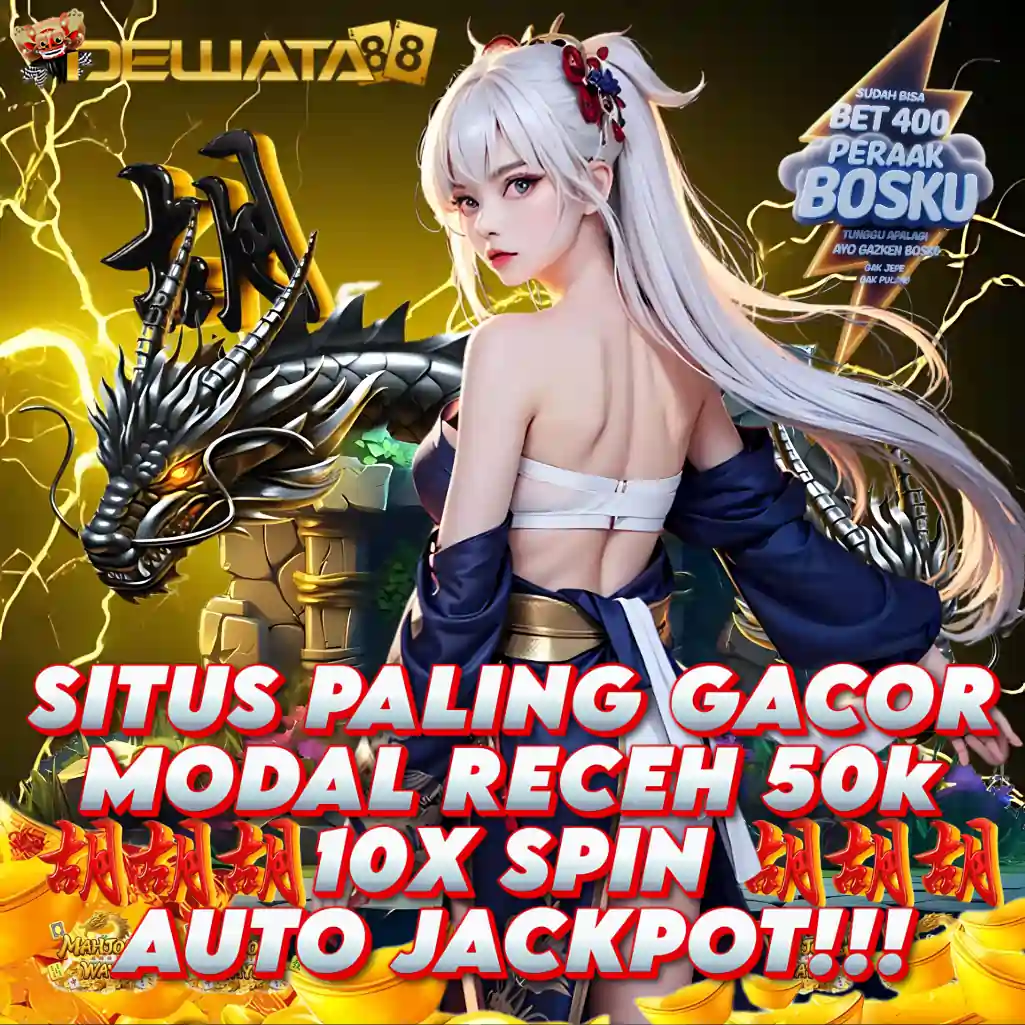Dewata88: situs slot gacor hari ini dengan RTP 97%+ | Link Resmi & Jackpot Terbesar
DEWATA88 adalah situs slot gacor hari ini dengan RTP 97%+ dan winrate tertinggi, tempat terbaik untuk meraih kemenangan besar setiap hari! Kami menghadirkan koleksi game slot online dari provider terkemuka dengan fitur jackpot melimpah, sistem fair play, dan peluang menang yang lebih tinggi dibanding situs lainnya.
Dewata88 menggunakan server Thailand yang terkenal stabil, memastikan permainan yang lancar tanpa lag serta transaksi yang cepat dan aman. Dengan layanan customer support 24/7, Anda akan mendapatkan pengalaman bermain yang nyaman dan bebas kendala.
Nikmati berbagai keuntungan eksklusif seperti bonus new member, cashback, free spin, dan event jackpot harian yang semakin meningkatkan peluang Anda untuk menang besar. Tidak perlu khawatir soal keamanan, karena Dewata88 adalah situs slot terpercaya yang telah berlisensi resmi.
Akses permainan slot terbaik hanya melalui link resmi Dewata88 dan buktikan sendiri sensasi menang jackpot dengan RTP tertinggi. Daftar sekarang dan jadilah pemenang setiap hari

